How To Store Seeds From Your Garden To Grow Next Year – What You Need To Know
Collecting and storing seed is economical and an excellent way to continue the propagation of plants. Learn the best methods to store your saved seeds.
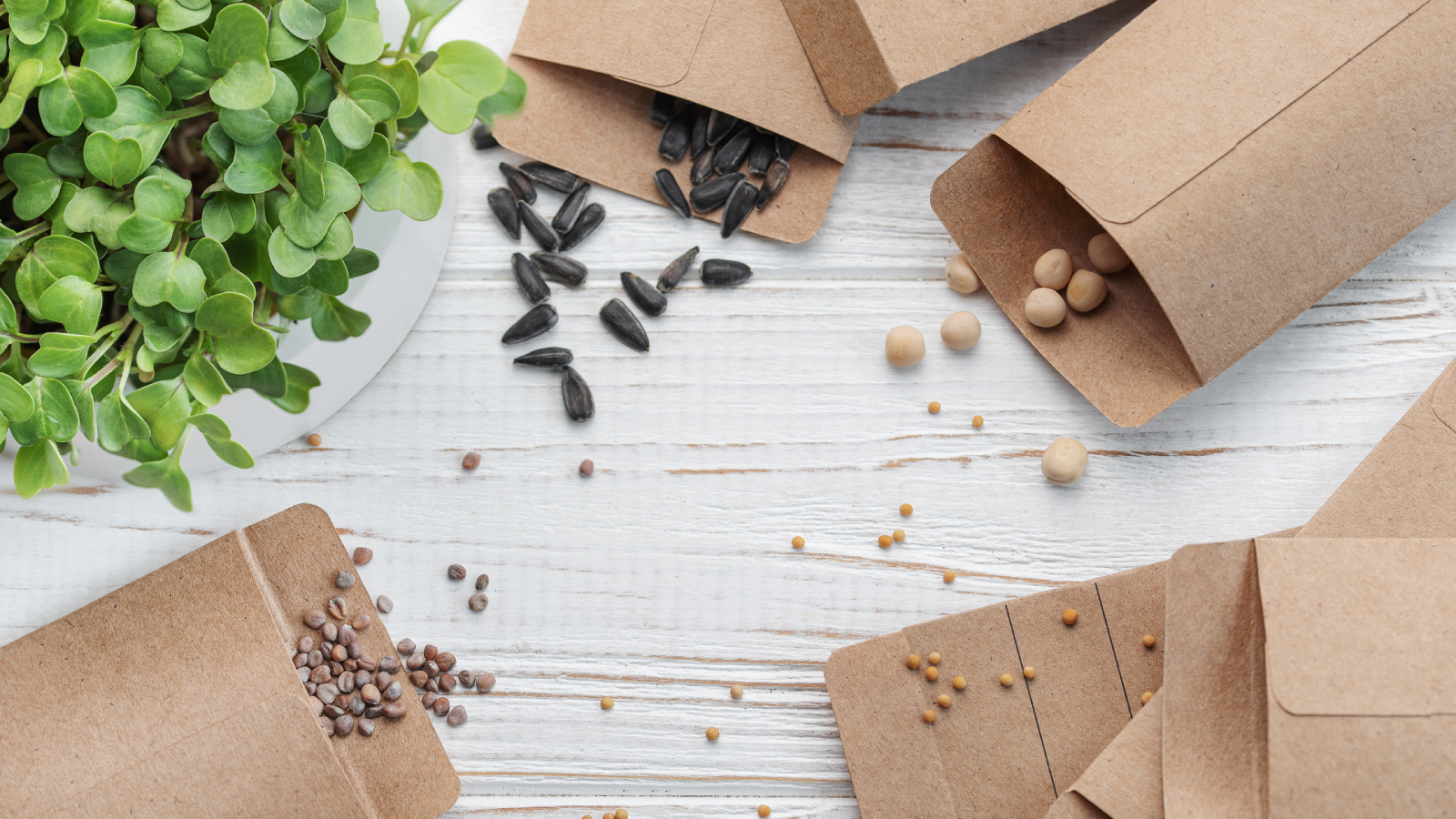
Have you ever wondered how to store seeds? Maybe you’ve tried it before and the seeds just mildewed or maybe you neglected to label your saved seeds and now have no idea what you’ve saved. Storing seeds is a simple process but it is a process.
To store seeds you need a cool, dry area; a refrigerator is ideal. Seeds, after all, are living organisms and if not stored properly will lose their viability.
Let's explore how to store seeds from your fall seed harvest this autumn.
Benefits of Seed Saving
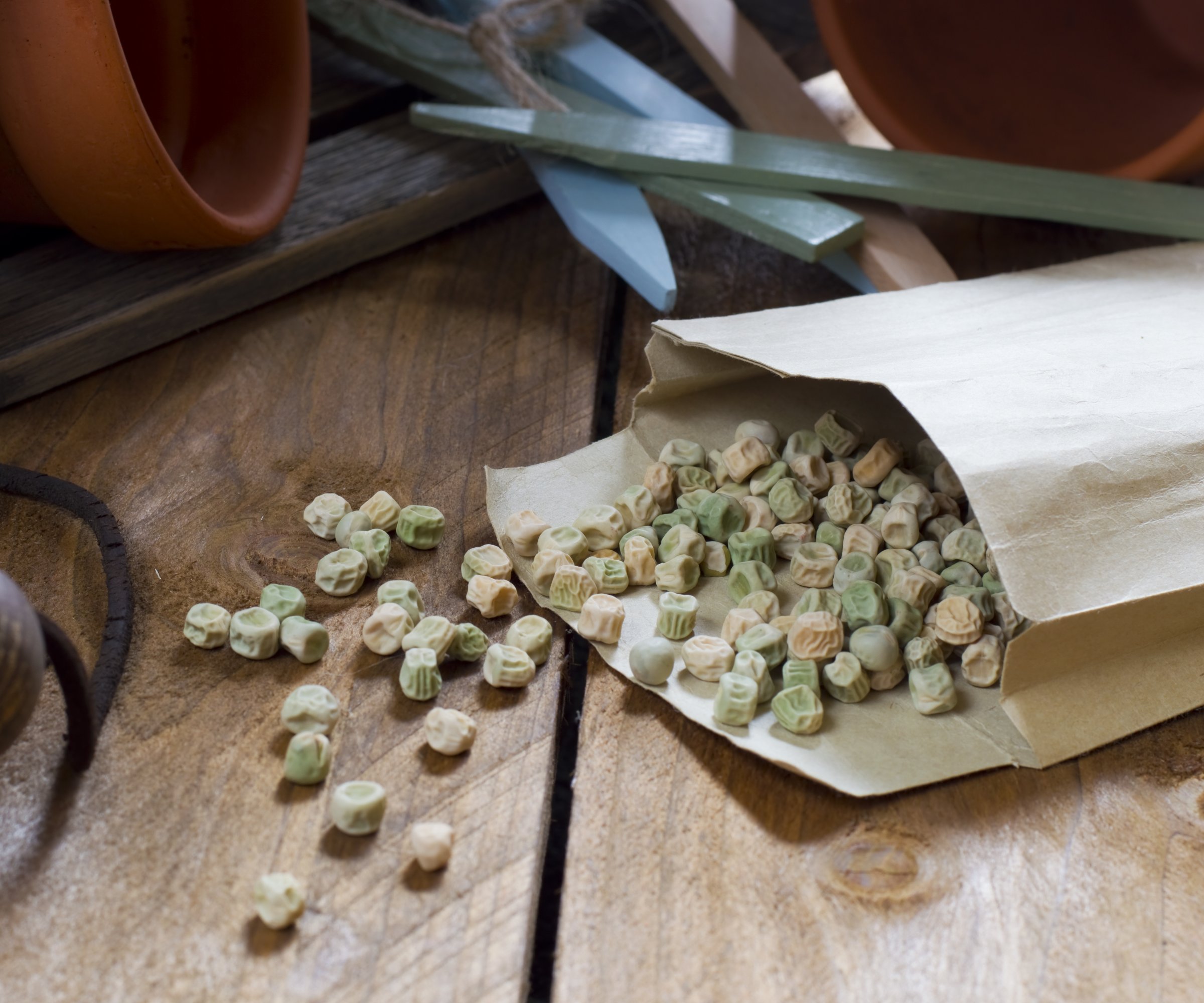
People have been saving seeds for thousands of years. As time passed the availability and low cost of purchasing seeds meant that seed saving was a dying practice, that is until more recently.
Today, many gardeners save seeds for a multitude of reasons. You can’t get much better than free seeds for one thing. Also, there is a certain experimental excitement to harvesting and saving seeds; you don’t always know what you’ll get.
The push towards more sustainable practices both regarding gardening and otherwise has also seen a resurgence in collecting flower seeds and vegetable seeds. As has the desire to save cultivars like heirlooms that have fallen out of favor and might otherwise cease to exist.
What Kind of Seeds Can You Save?

You can save any kind of seed but that doesn’t mean it will germinate or grow true to the parent plant. Take hybrids for example. Hybrids are a combination of two plants chosen for their desirable traits in the hope of creating a plant with both benefits. If you try to save seeds from hybrids however, they may not be viable or will likely not grow true but instead revert to traits from one of the other parent plants. In other words, you never know what you’re going to get.
Sign up for the Gardening Know How newsletter today and receive a free copy of our e-book "How to Grow Delicious Tomatoes".
Cross pollinated plants are also not recommended for seed saving. Seeds saved from cross pollinated crops may indeed create interesting plants and fruit, but it might not be to the growers liking. It’s a fun experiment nonetheless if you have the space for it.
The seeds best used for seed saving are those that are open pollinated, or heirloom, or self-pollinating. Open pollinated plants produce seeds that are true to type if they cross pollinate with other plants that are the same variety. Self pollinated plants pollinate themselves. They have both male and female organs that pollinate usually before the flower opens thus rendering the seeds true to type.
How to Harvest Seeds
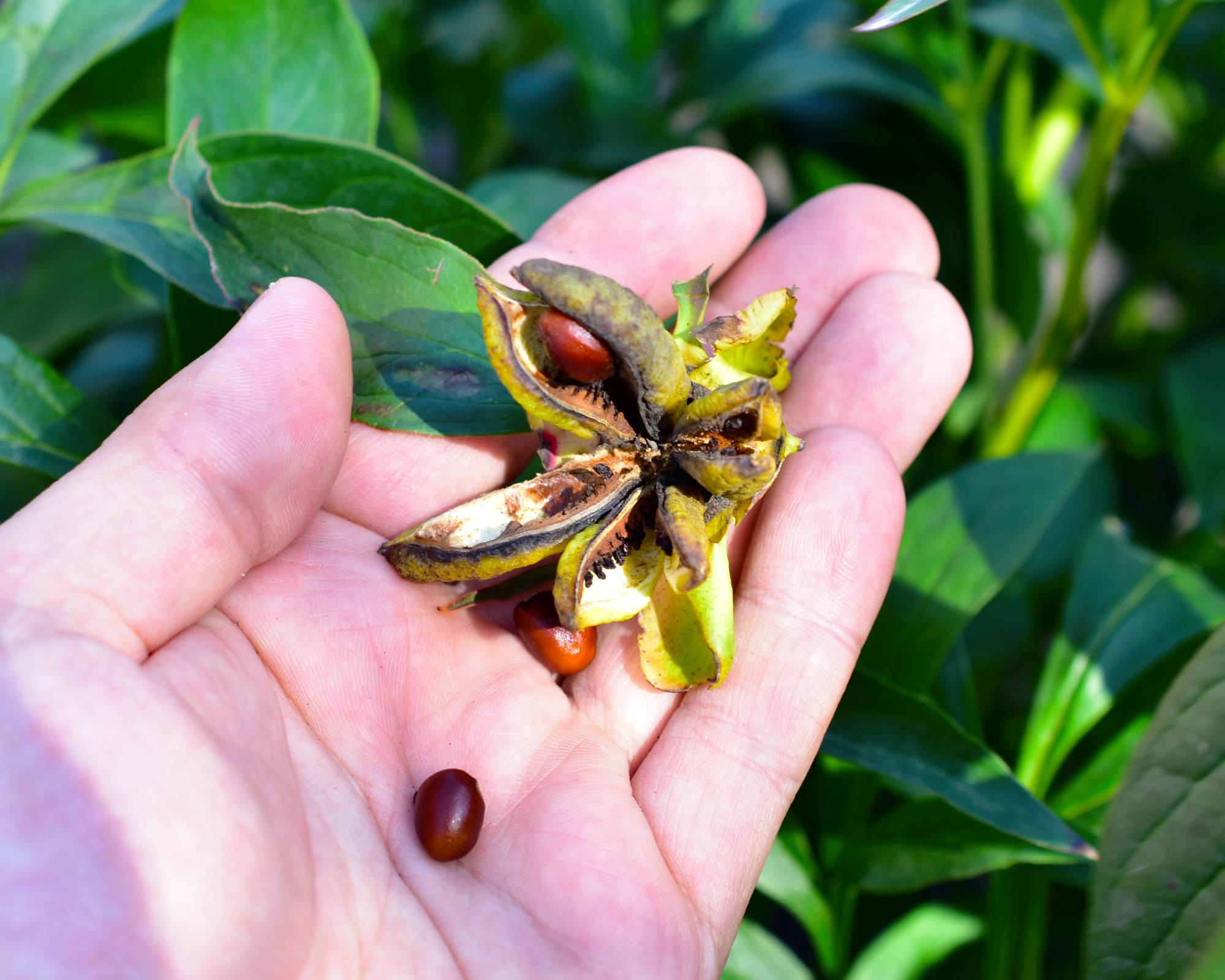
When harvesting garden seeds, you will want to select the healthiest fruit from the most robust plant. Allow the fruit to linger on the plant until it is fully ripe at which point it will become somewhat wrinkled, change color and generally look a bit inedible. This might be as much as 2-4 weeks past peak harvest time.
Once the fruit is fully ripe, remove it from the plant and slice in half. Remove the seeds from the fruit. Some seeds like those harvested from squash should be washed free of pulp. Others like pepper seeds can be dried without washing.
Lay the seeds out in a thin layer in a dark, dry, airy area to dry. Check the seeds often to be sure they aren't molding and turn them as needed. The seeds are ready when they are no longer pliable when bent but instead snap apart. Larger seeds like bean seeds can be tested for dryness by hitting one with a hammer. If it shatters the seed is ready but if it smashes, continue drying.
How to Store Seeds
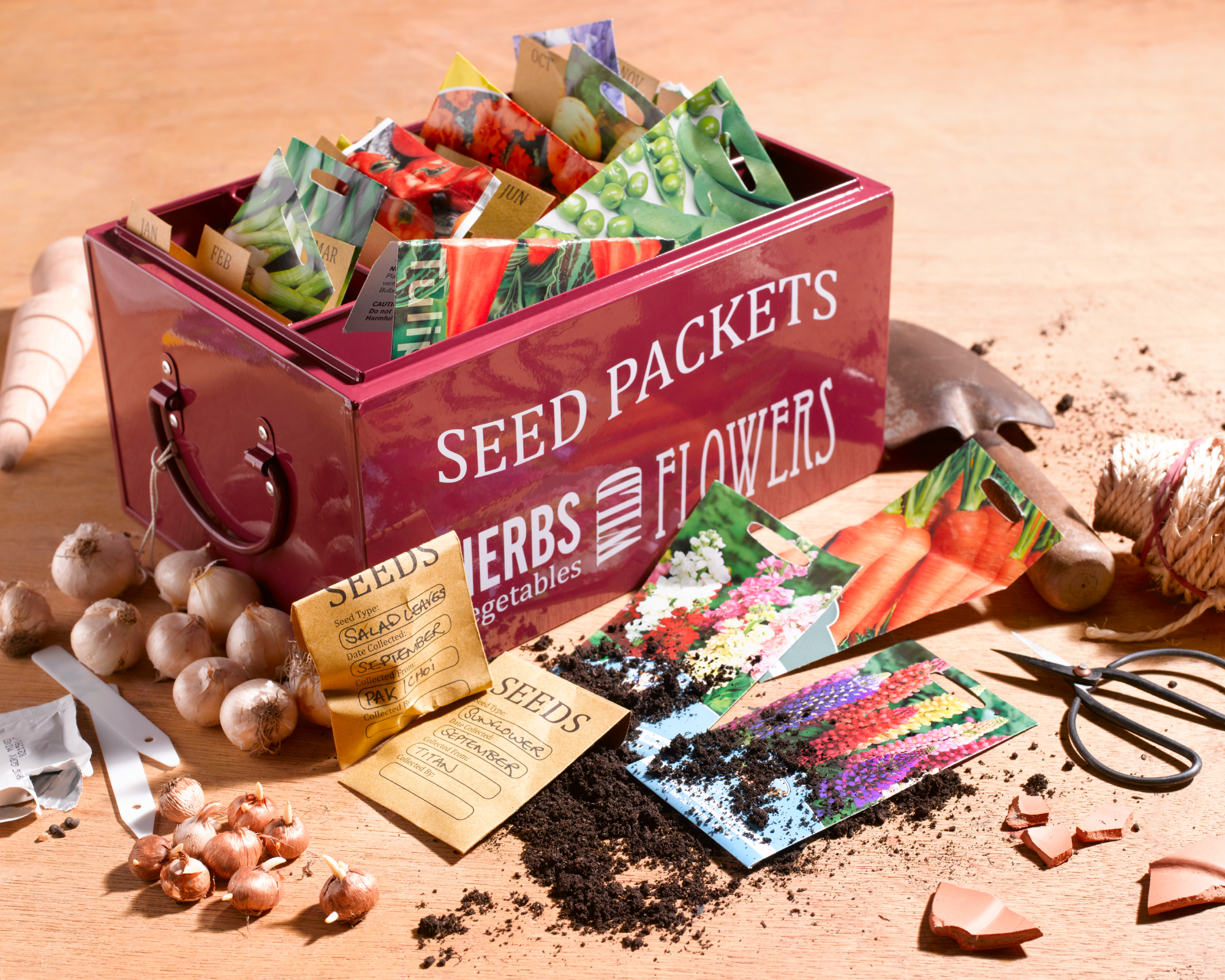
Seed storage containers that are sealed and placed in a dark, dry environment. A refrigerator is ideal. Label the seed packets before storing them with the type of seed and the date harvested.
If you don’t have room in your refrigerator, seeds can be stored in packets in a tightly sealed glass jar stored in a dark, dry area. These convenient kraft paper seed storage envelopes are available from Amazon.
Adding a desiccant like silica or powdered milk will help keep the seeds dry and viable for longer. You can find rechargeable silica gel packets at Amazon.
How Long Do Seeds Last?
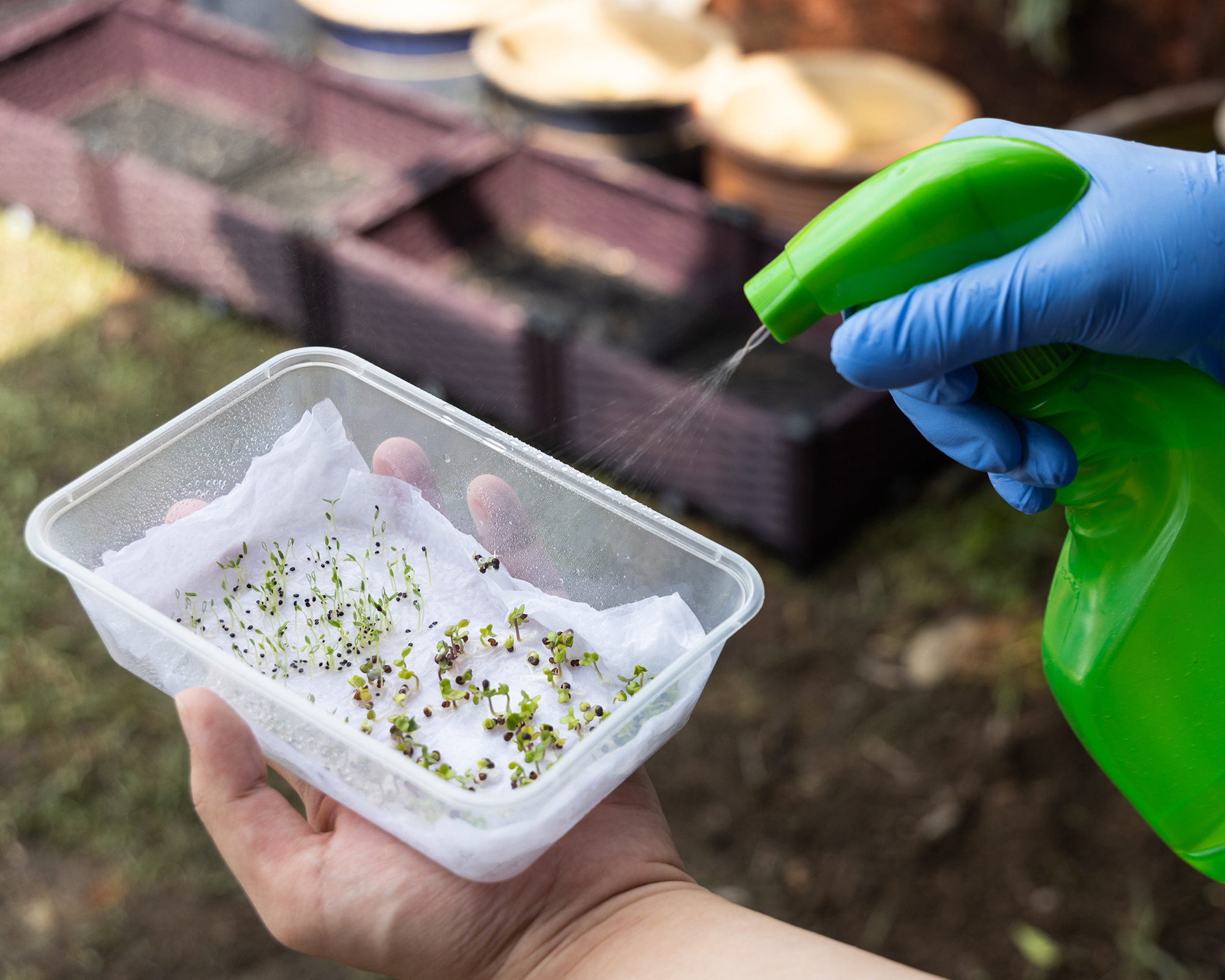
Seed viability varies according to species. Flowers like asters and cornflowers are viable for a year or two as are fennel, onion, parsnip, sage and sweet corn.
Stored properly, beans, carrots, daisies, peas, poppies, okra and pepper seeds will last for 1-3 years.
Many other common home garden crops such as basil, broccoli, cabbage, cauliflower, cucumbers, eggplant, lettuce, oregano, pumpkin, radish, squash, tomato and watermelon seeds can be stored for up to 4-5 years and still remain viable.
The longer that seeds are stored the lower their chances of germination. You can test germination by “planting” seeds on a moistened paper towel. Moisten a paper towel and lay it flat. Put 5-10 seeds onto the moist towel and fold it over, covering the seeds.
Put the germination experiment into a plastic bag or other sealable container. Label the container with the date and plant name. Place the bag in a warm area that is around 70 F (21 C). No need to place the seeds in the sun.
Keep an eye on the seeds and check them every few days. Keep the paper towel damp by spritzing it with water. Most seeds should germinate in a week to 10 days. If they don't grow, your seeds may be expired.
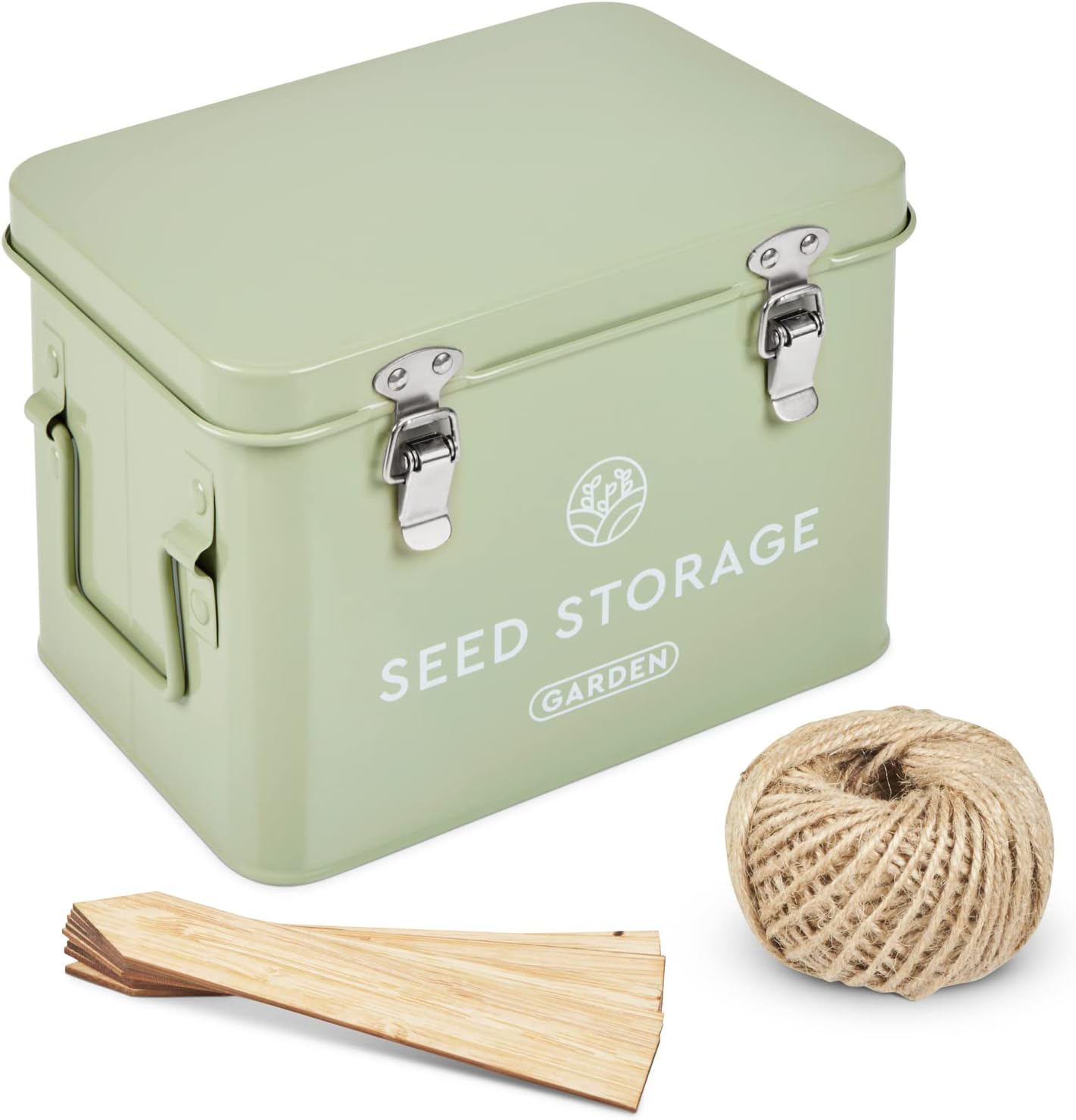
This cute, powder-coated metal box is durable and has generous space for seed packets.
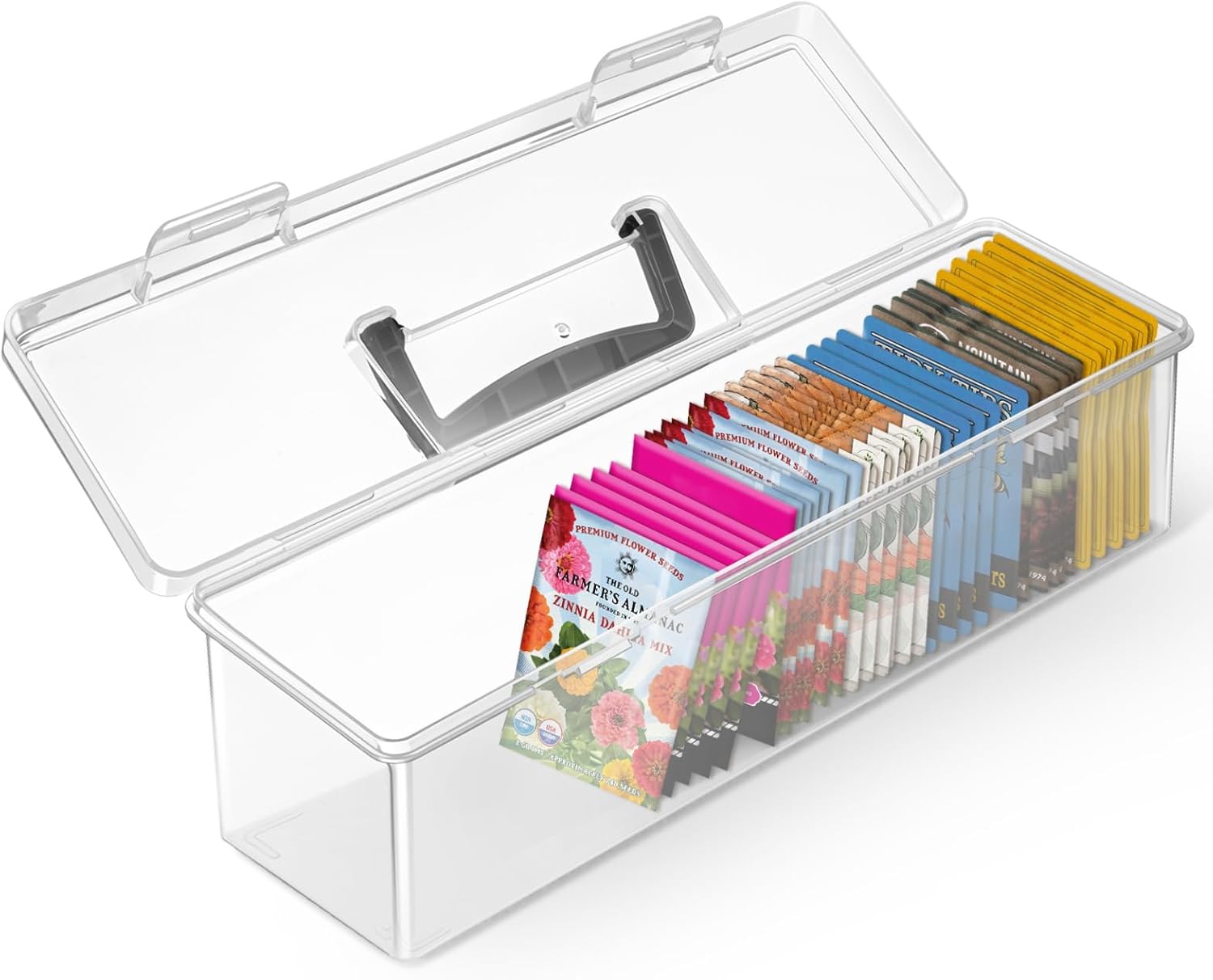
This plastic seed packet storage box can fit 100 seed packets and is stackable if you buy another one.
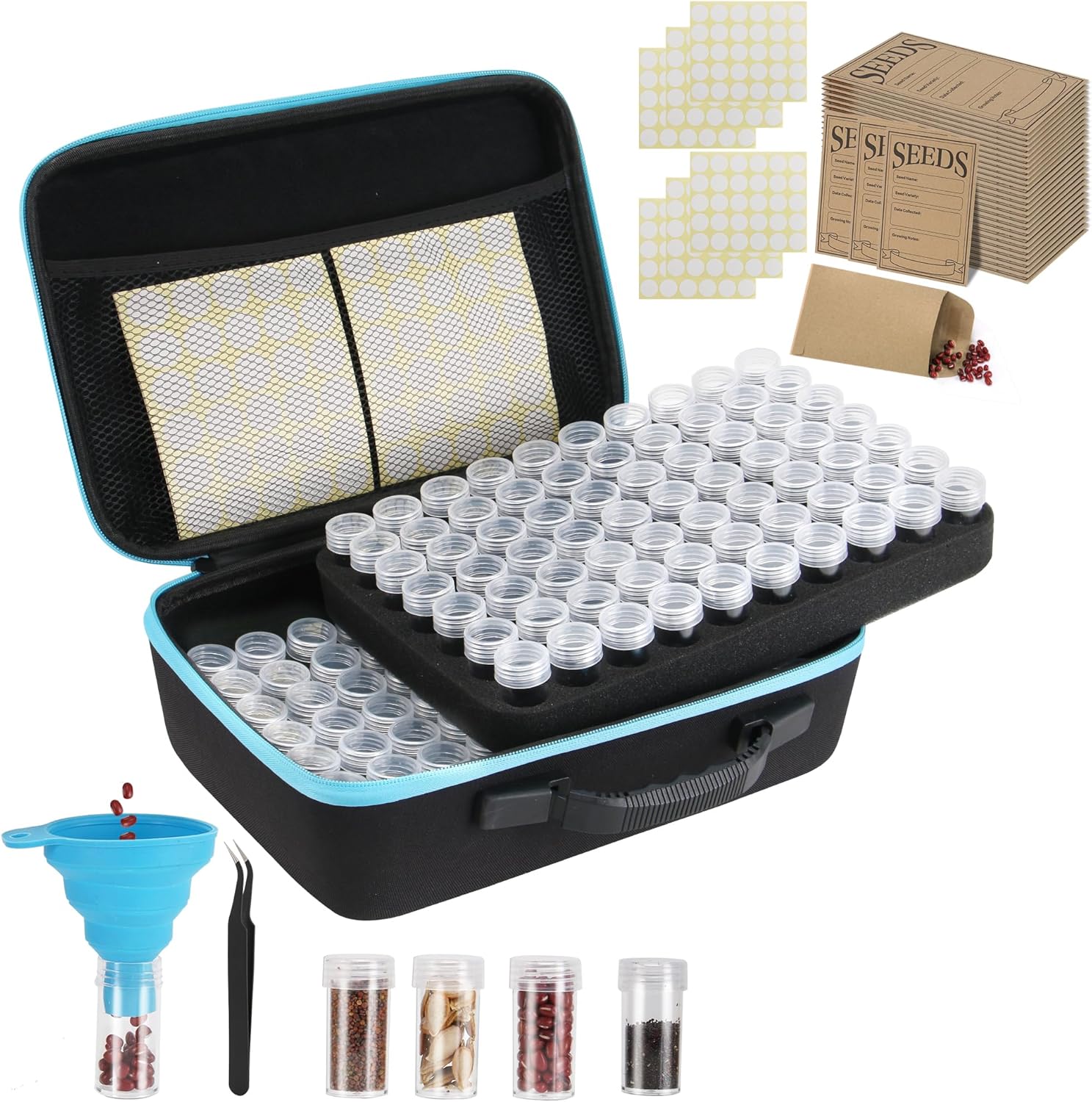
This zippered seed storage kit allows you to organize all your seeds in moisture-proof cannisters.
Frequently Asked Questions
Should seeds be stored in the fridge?
The refrigerator is a great place to store seeds. It is a dry, cool, dark area, perfect for saving seeds.
How to store seeds so they don't mold?
Be sure to store your seeds in not only a sealed container but in a dry area as well. Also make sure that your seeds are perfectly dry before packaging them up for storage. To ensure that your seeds do not mold, include a desiccant like a silica gel packet or powdered milk in a porous bag.

Amy Grant has been gardening for 30 years and writing for 15. A professional chef and caterer, Amy's area of expertise is culinary gardening.
